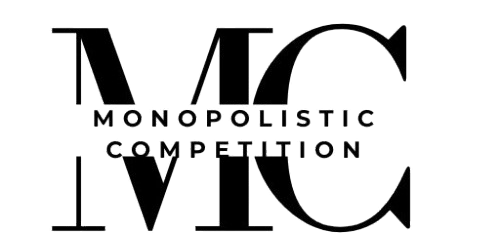Twenty-five years ago, it was called Homeland Security. Companies flocked to the industry, and fund managers declared it the next big thing. However, few companies from that era achieved significant growth—one prominent exception being Aeronautics. Today, it’s called Defense Tech, and once again, it is touted as the next major trend, generating big headlines and lofty predictions.
History shows that wars often catalyze rapid innovation and economic growth. Needs become clearer, solutions are developed quickly, and investments flow. In today’s world of intensifying geopolitical tensions, defense tech—technologies designed for defense or attack purposes—is drawing renewed interest from investors, venture capital funds, and conference organizers. From the ongoing war in Ukraine and rising tensions between China and Taiwan to Israel’s recent war against Hamas and Hezbollah, the demand for innovative battlefield solutions has reached unprecedented levels, attracting numerous players—including generals and arms dealers seeking opportunities in venture capital.
However, even experienced professionals understand that defense tech is a notoriously challenging field to break into. The promise of large-scale government funding can be deceptive, often leading companies to face daunting challenges such as regulation, integration hurdles, and intellectual property theft. Despite the enormous contracts and opportunities, this industry has unique barriers unseen in other high-tech fields. Success is far from guaranteed, and only a few will prevail.
Let’s start with the client: the military. While the military’s reaction to innovation is fast, its rate of adoption is much slower. Once you become an army supplier, it’s difficult to lose that position—but it’s an incredibly lengthy and complex process for smaller companies to get there. Militaries, by nature, don’t operate “overnight” like the civilian market does. They are driven by long-term contracts, complex bureaucratic processes, and political influences. Factors such as the government in power, the commander’s leadership style, and budgets scrutinized by treasury officials all come into play. Militaries tend to favor established companies with authorized supplier contracts over smaller startups. Those already entrenched in the system rarely make room for new players. Moreover, no commander earns a promotion by taking a chance on an unknown supplier.
Even when the military acts quickly, its demands can overwhelm smaller companies. If a product is scalable, the military might require massive production volumes within short time frames—shifting from an order of 1,000 units to 1 million. This level of scaling requires a company to be highly flexible and robust, posing significant challenges for both investors and companies.
One of the biggest risks in an industry reliant on government contracts is political and economic instability. A change in government can upend priorities, budgets, and tenders, leading to long-term contract paralysis or dependence on budgets detached from operational needs.
Additionally, militaries rarely work with foreign companies directly. For example, it is nearly impossible for Israeli companies to sell directly to branches of the U.S. military without working through integrators. Similarly, American companies rarely deal directly with the Israeli military without going through established players like Rafael, Elbit, or Israel Aerospace Industries. In this predatory environment—more akin to a world of scavengers than sharks—startups face intense competition from dominant local players.
Adding to the difficulty, most defense tech companies avoid filing patents to prevent rival militaries from accessing sensitive technologies. This lack of intellectual property protection leaves startups vulnerable to exploitation by larger competitors in both the U.S. and Israel, who may seek access to their innovations.
While global demand for defense technologies is growing—especially in Europe and Asia—the most significant markets and exchanges remain in the U.S. Accessing these markets is critical for startups, but it comes with additional barriers. Countries can classify technologies as sensitive and restrict their sale to foreign buyers. Governments often hold significant control over who the company can sell to, and in some cases, they can veto acquisitions or IPOs outright. This level of state intervention poses a major challenge to the venture capital model, where exits—whether through acquisitions or public offerings—are crucial.
Moreover, the state can nationalize technologies deemed critical to national security. This includes imposing security clearances on personnel or limiting who can manage or work for the company. Such measures further narrow the already small window of opportunity for startups and investors in this field.
Despite these challenges, the potential rewards are immense. Companies that navigate these obstacles successfully can achieve transformative success—akin to winning the lottery. However, it’s essential to approach the defense tech sector with realistic expectations and avoid falling prey to the bubble fueled by overhyped promises.
Some examples of successful models include partnerships between startups and established players, such as Elron’s collaboration with Rafael under RDC, or venture funds like 10D and Team8, which leverage expertise from adjacent industries like automotive or cybersecurity. Companies addressing broader challenges like infrastructure protection or water security can also find unique opportunities in defense tech.
It’s worth noting that promises from former generals, now pitching defense tech as the new gold rush, should be taken with caution. As in any industry, success requires careful navigation, thorough understanding, and a clear-eyed assessment of risks.
Oded Hermoni is the co-founder of the venture capital fund J-Ventures, operating in Silicon Valley. The fund invests in American and Israeli companies across sectors, including cyber, supply chain, and defense tech. Hermoni has been involved in several defense tech companies, including Hidden Level and Eclypsium.













Leave a Reply